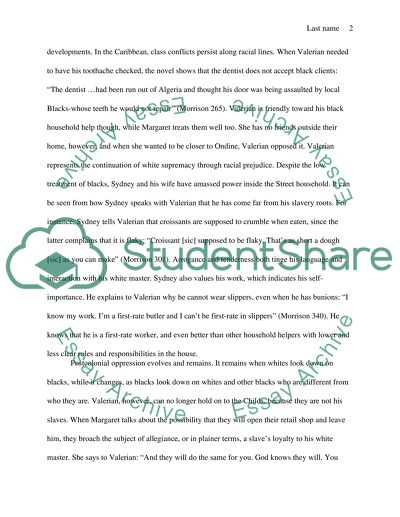Cite this document
(“Postcolonialism Oppresion in Morrison's Tar Baby Book Report/Review”, n.d.)
Retrieved from https://studentshare.org/english/1451536-researched-literary-analysis-of-tar-baby-by-toni
Retrieved from https://studentshare.org/english/1451536-researched-literary-analysis-of-tar-baby-by-toni
(Postcolonialism Oppresion in Morrison'S Tar Baby Book Report/Review)
https://studentshare.org/english/1451536-researched-literary-analysis-of-tar-baby-by-toni.
https://studentshare.org/english/1451536-researched-literary-analysis-of-tar-baby-by-toni.
“Postcolonialism Oppresion in Morrison'S Tar Baby Book Report/Review”, n.d. https://studentshare.org/english/1451536-researched-literary-analysis-of-tar-baby-by-toni.


